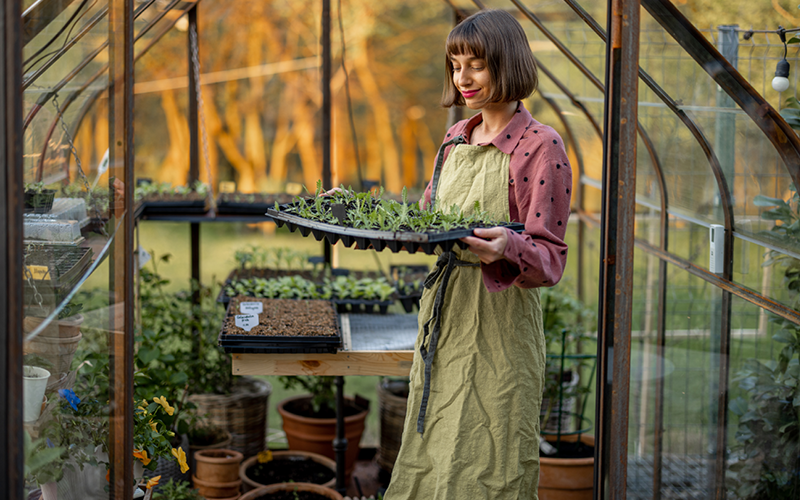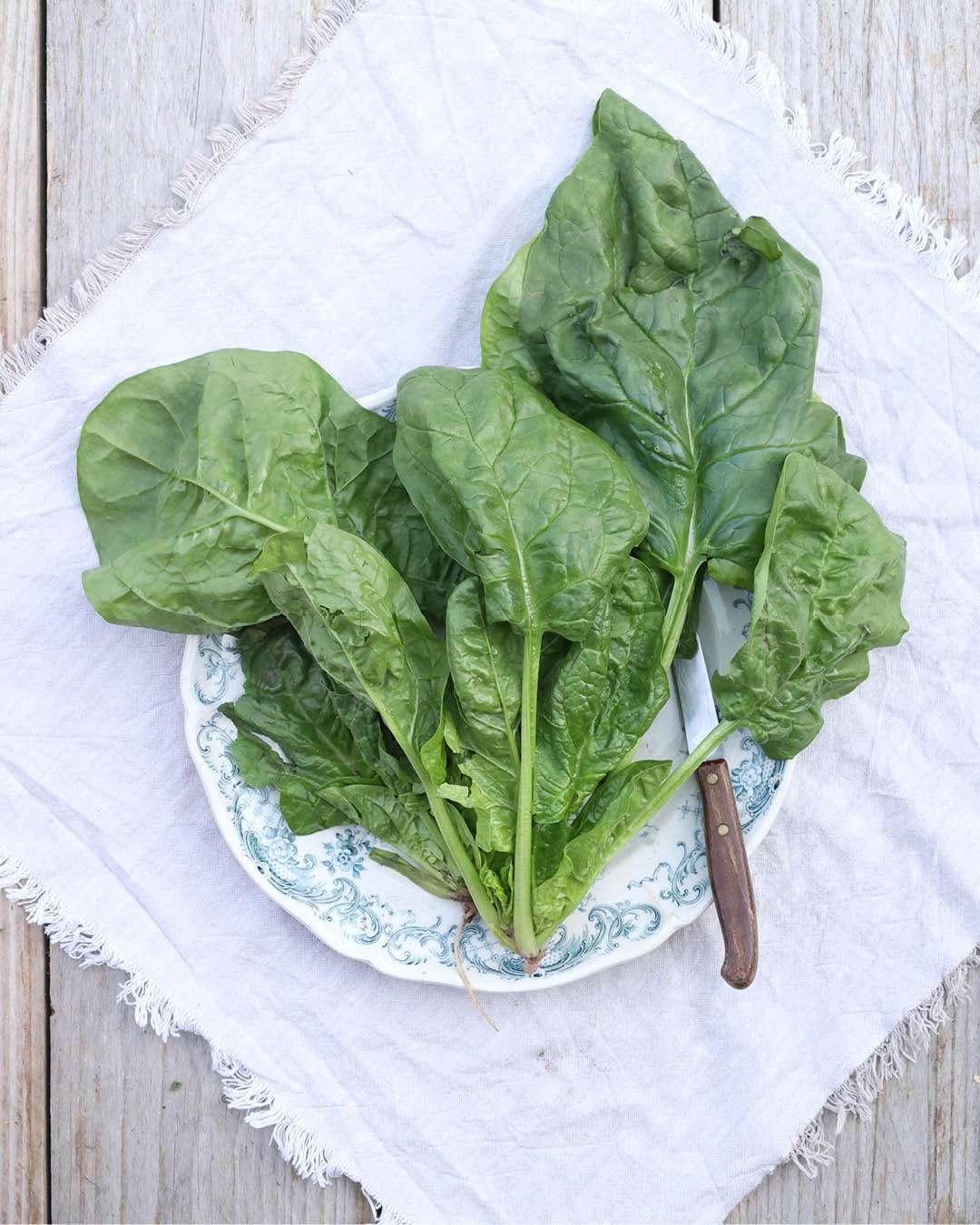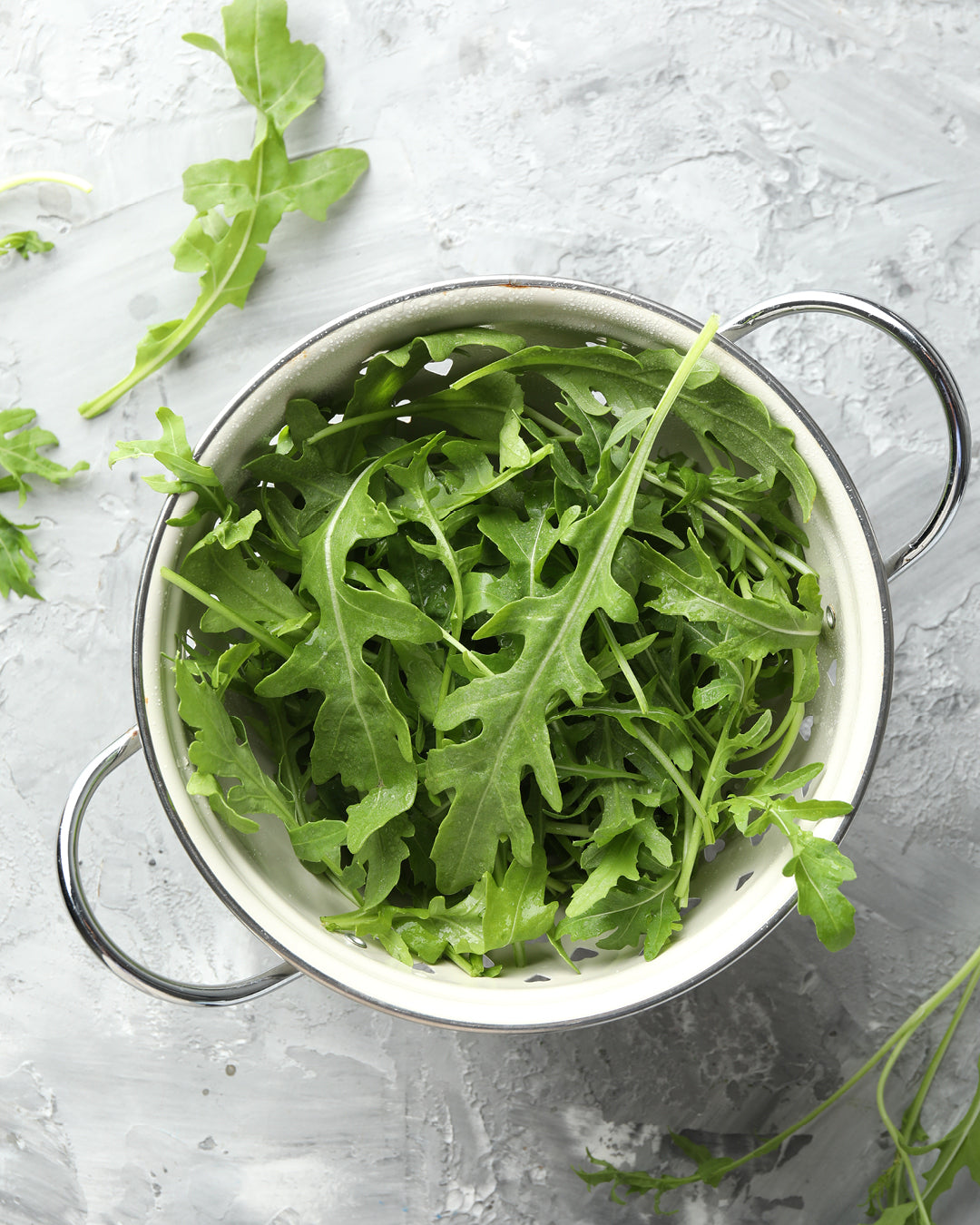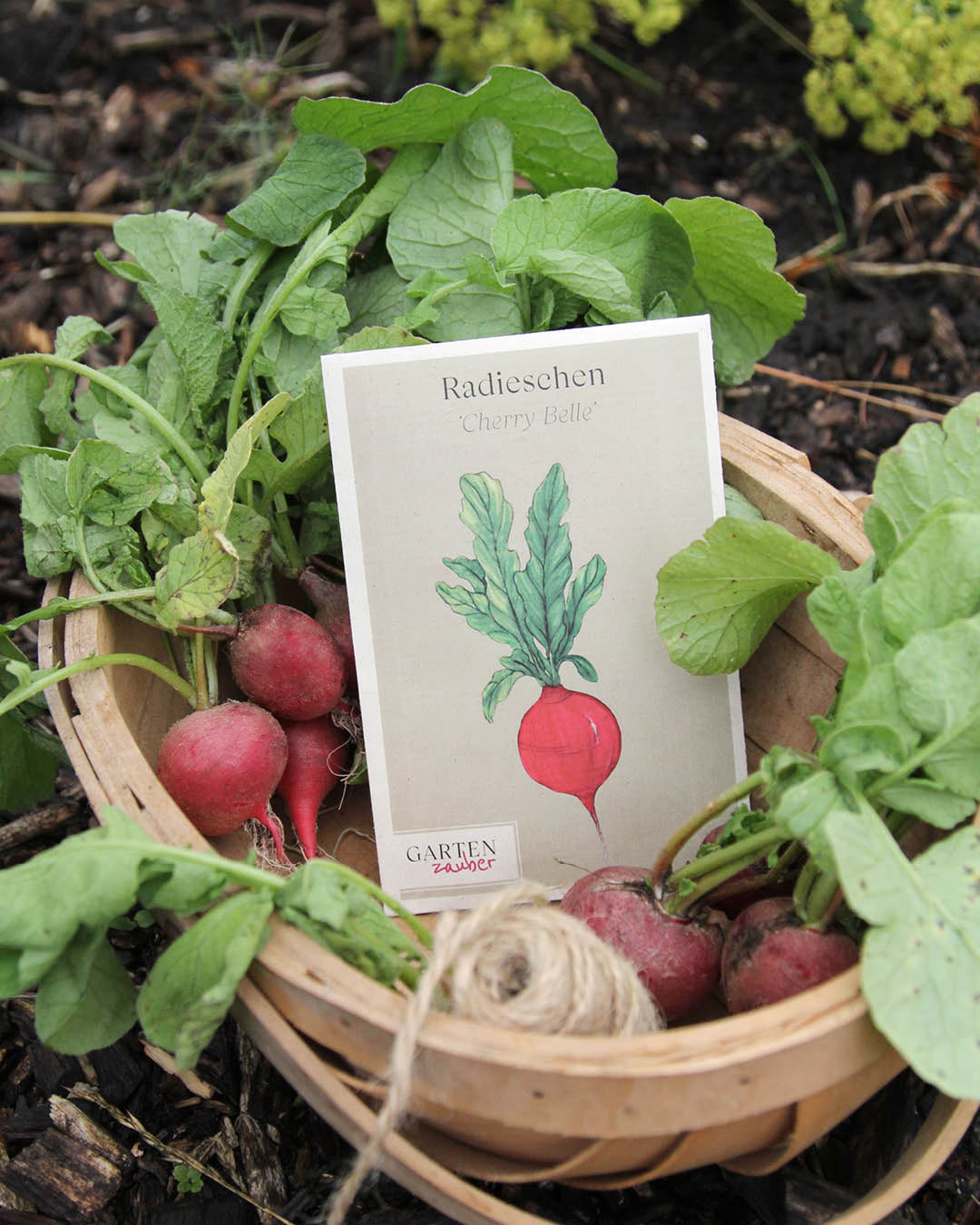Gardening tips for the vegetable garden in September
In September, the transition from late summer to autumn begins in the garden – and this is also reflected in the vegetable garden: Harvesting, planting, tending, and already thinking about the cooler months ahead. Now is the time to garden ahead: Many crops can still be sown, while others require final care to survive the winter.

Harvest time for fruits and vegetables
Harvest apples carefully now
Many apple varieties reach ripeness in September. Ripe apples can be recognized by their easy release from the tree and the brown cores inside. When picking, be careful not to damage the natural waxy layer—it protects the apple from drying out and increases its shelf life. Windfalls should be removed regularly to keep pests away.
Pumpkins ready for harvest
Pumpkins ripen in September. Once the stem is woody and dry, and the fruit sounds hollow when tapped, it's ready to harvest. Place ripening pumpkins on a thick layer of straw to prevent rot and bruising. After harvesting, store in a cool, airy place, ideally at around 10–15°C.
Sow now – for autumn and winter
Winter purslane for the cold season
Winter purslane (also known as winter purslane or Cuban spinach) is an ideal autumn salad. It can be sown in an unheated greenhouse starting in September. Germination occurs best at soil temperatures below 12°C. Sow in rows 15 cm apart and 1 cm deep. You can harvest the first tender leaves after just eight weeks – cut them a few centimeters above the soil, and the plant will sprout again.

Maintenance work in the bed
Strengthen kale
To ensure a good winter harvest, kale needs a final boost in September. Feed it with a nitrogen-rich liquid fertilizer to stimulate growth. Important: Ensure sufficient spacing between plants ensures they remain well-ventilated—this prevents fungal diseases.
Clean up & prepare
Now is also a good time to clean up harvested beds and prepare them for the coming season. Remove plant debris, loosen the soil, and add compost or green manure if necessary. Mulch made from leaves or grass clippings also protects the soil from drying out and erosion.
Frequently asked questions (FAQ) about the vegetable garden in September
Which vegetables can I still sow in September?
Late crops such as lamb's lettuce, winter purslane, spinach, or Asian lettuce are ideal. Radishes are also a viable follow-up crop.
How do I know if an apple is ripe?
Ripe apples are easy to pick from the tree and have brown cores. Other signs include the typical aroma and a slight coloring of the skin.
How do I store pumpkins properly?
Harvest pumpkins only in dry weather. Allow them to dry for about a week after harvesting. Then store them in a cool, airy, and frost-free place—preferably in a wooden box or on a wire rack.
Do I still need to fertilize kale in the fall?
Yes, a final application of nitrogen-rich fertilizer in September will help the kale develop strong leaves for the winter. After that, all it needs is plenty of water.
Can I still plant new herbs now?
Some hardy herbs such as chives, parsley or winter thyme can still be planted in September – preferably in a sunny bed or in a frost-free box by the window.
















